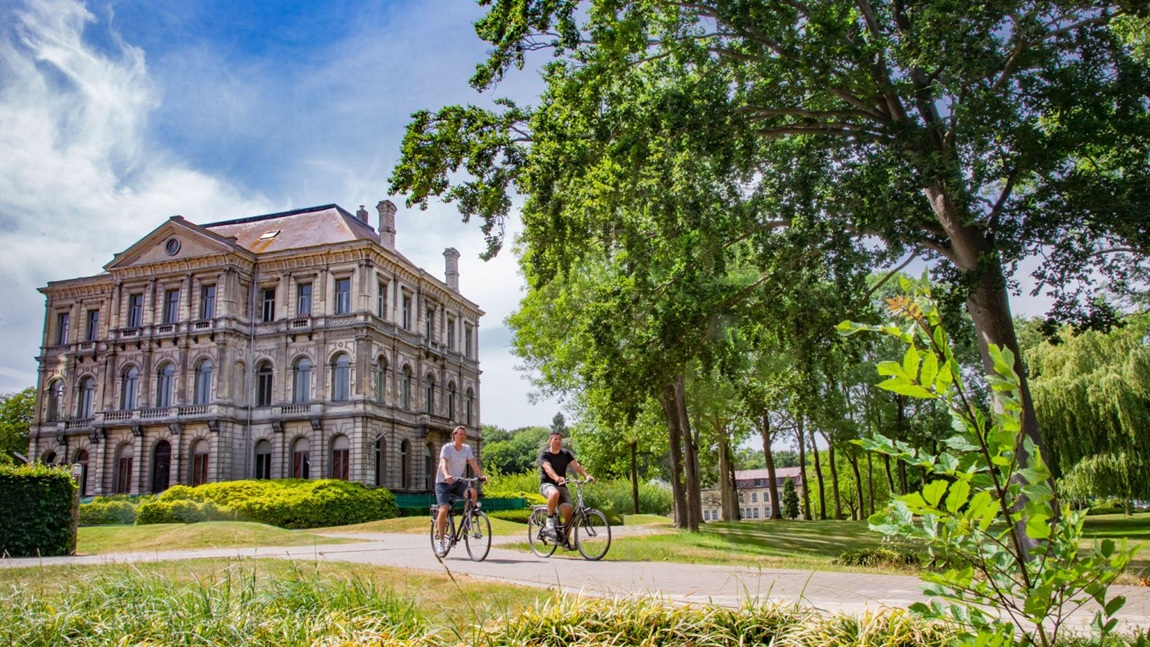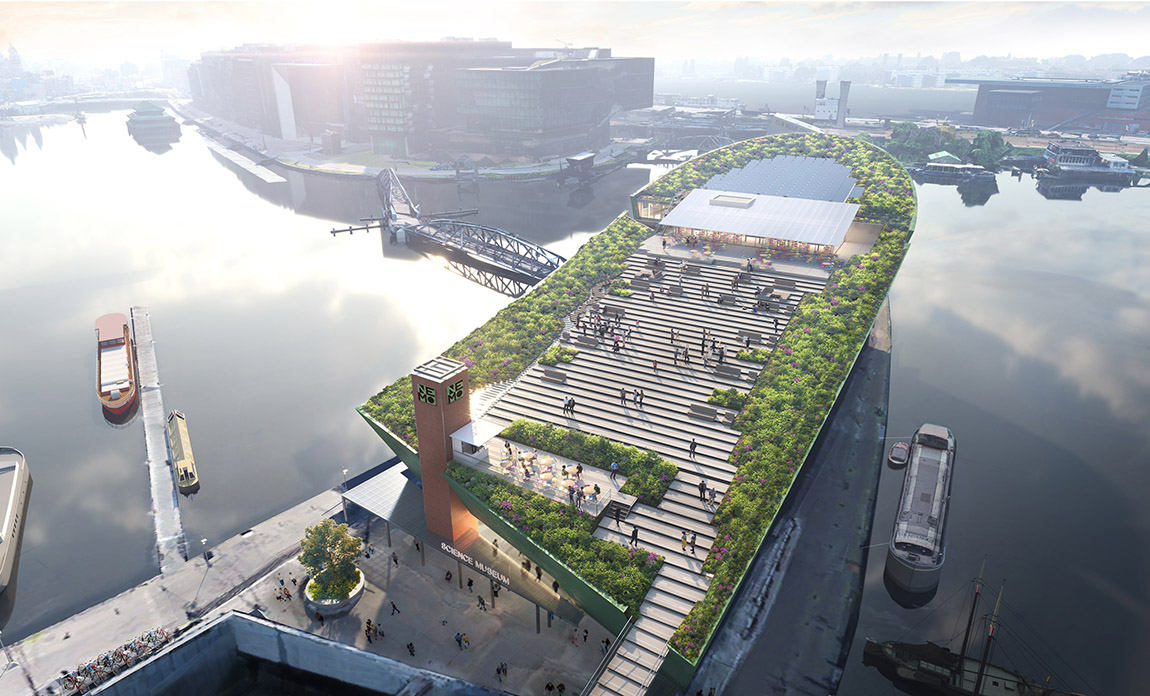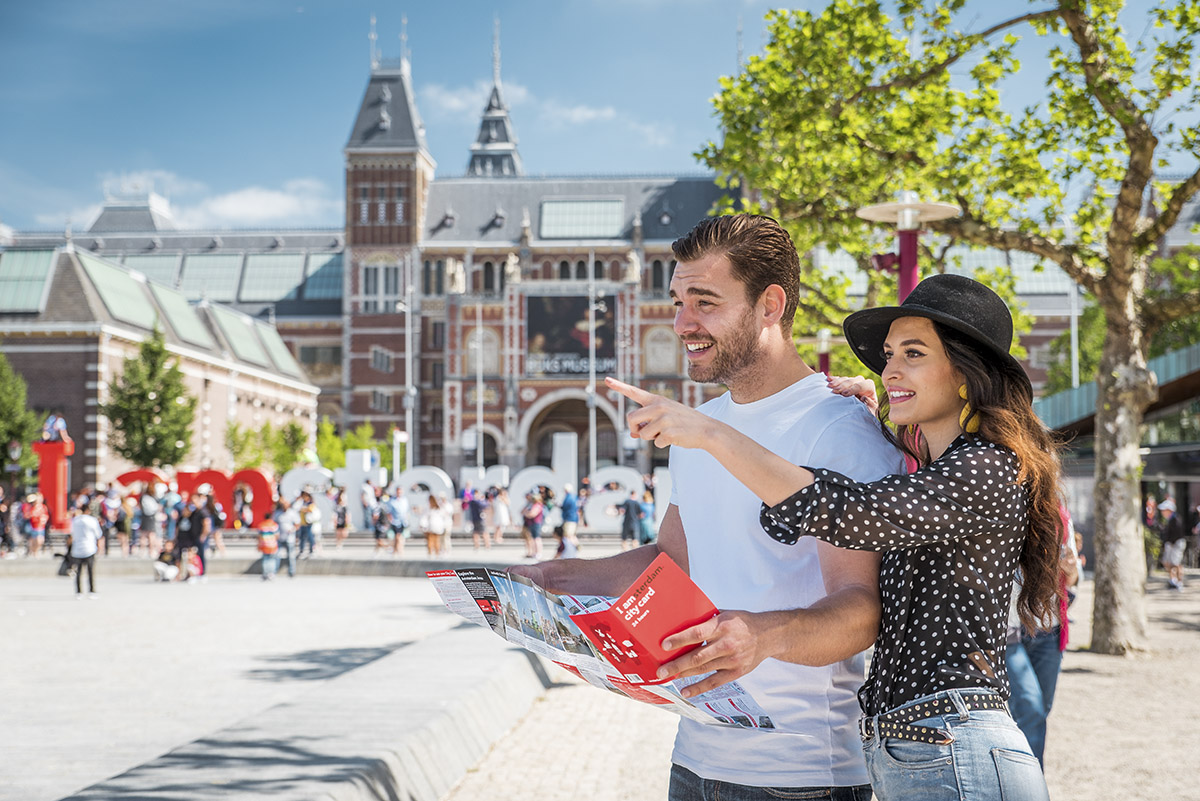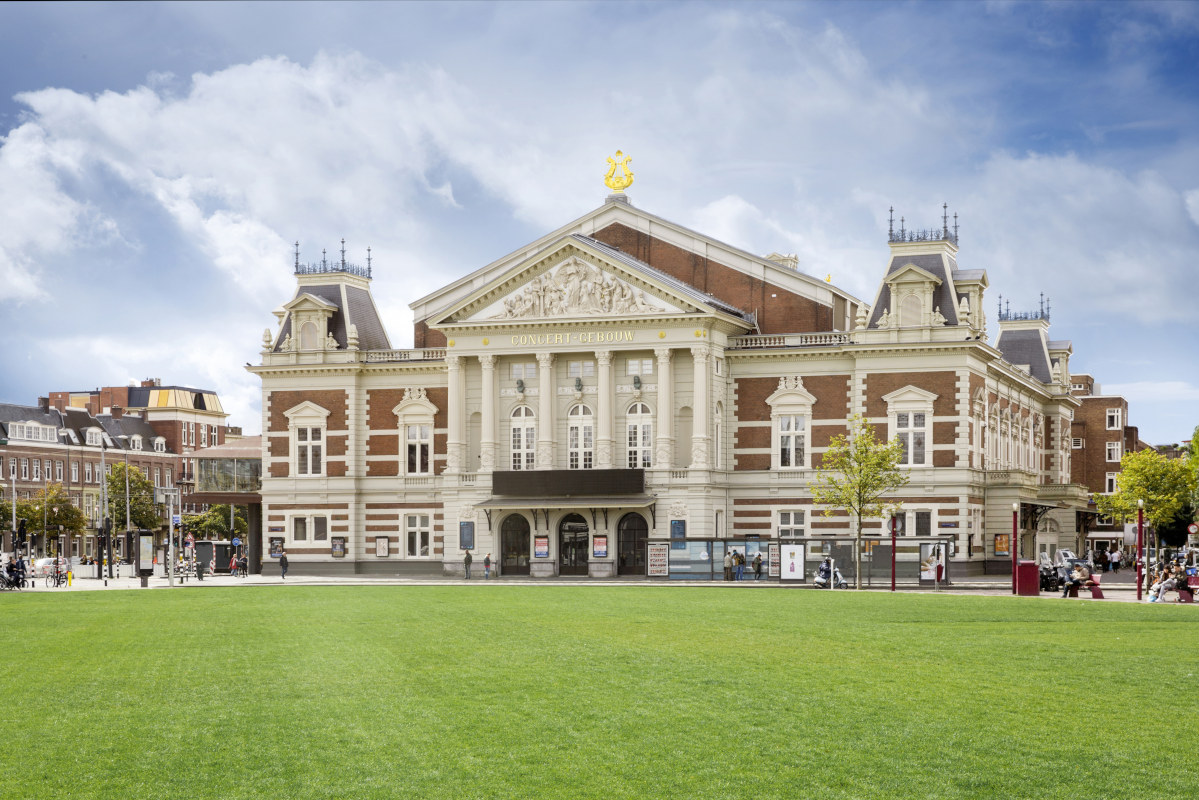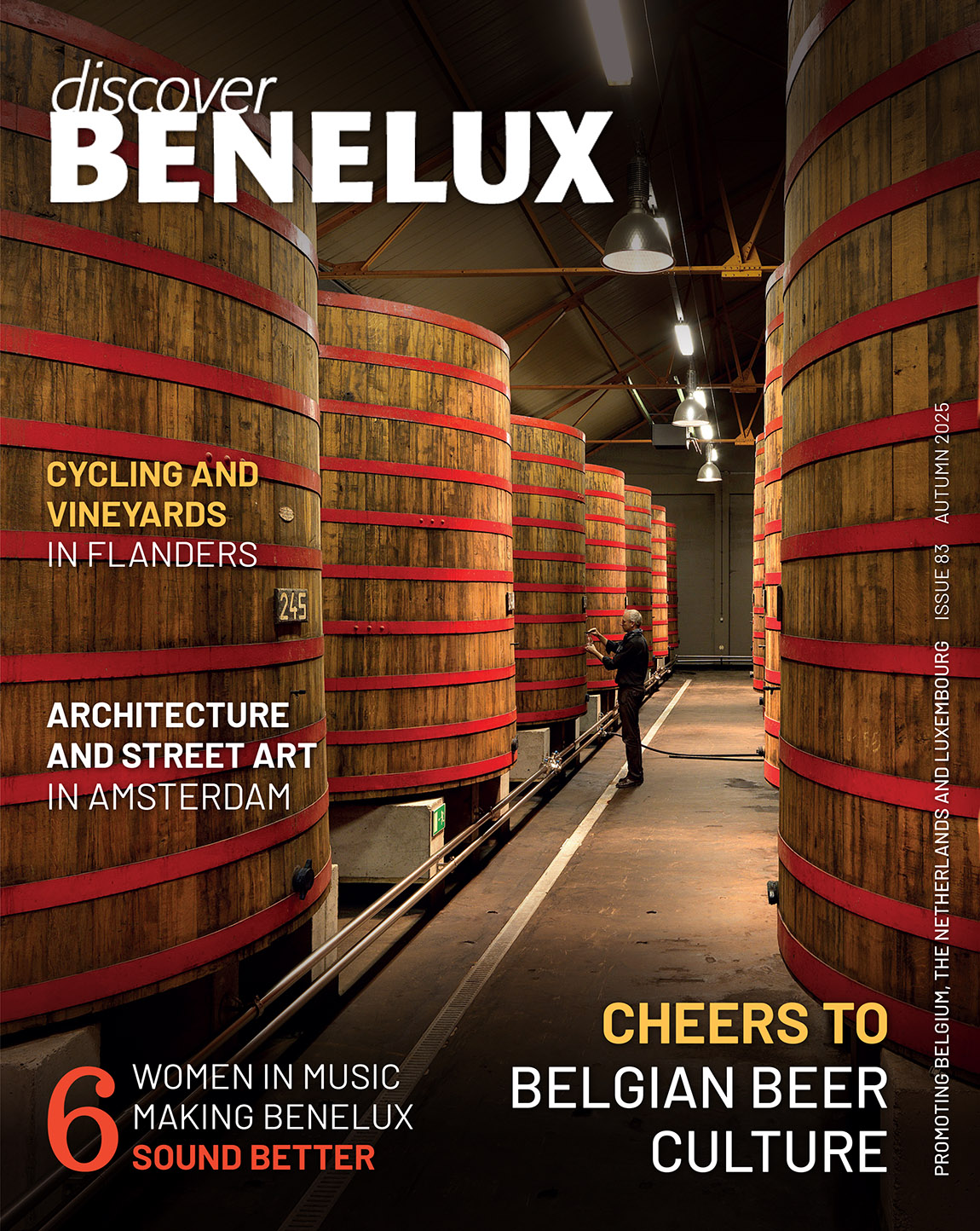The exotic Benelux
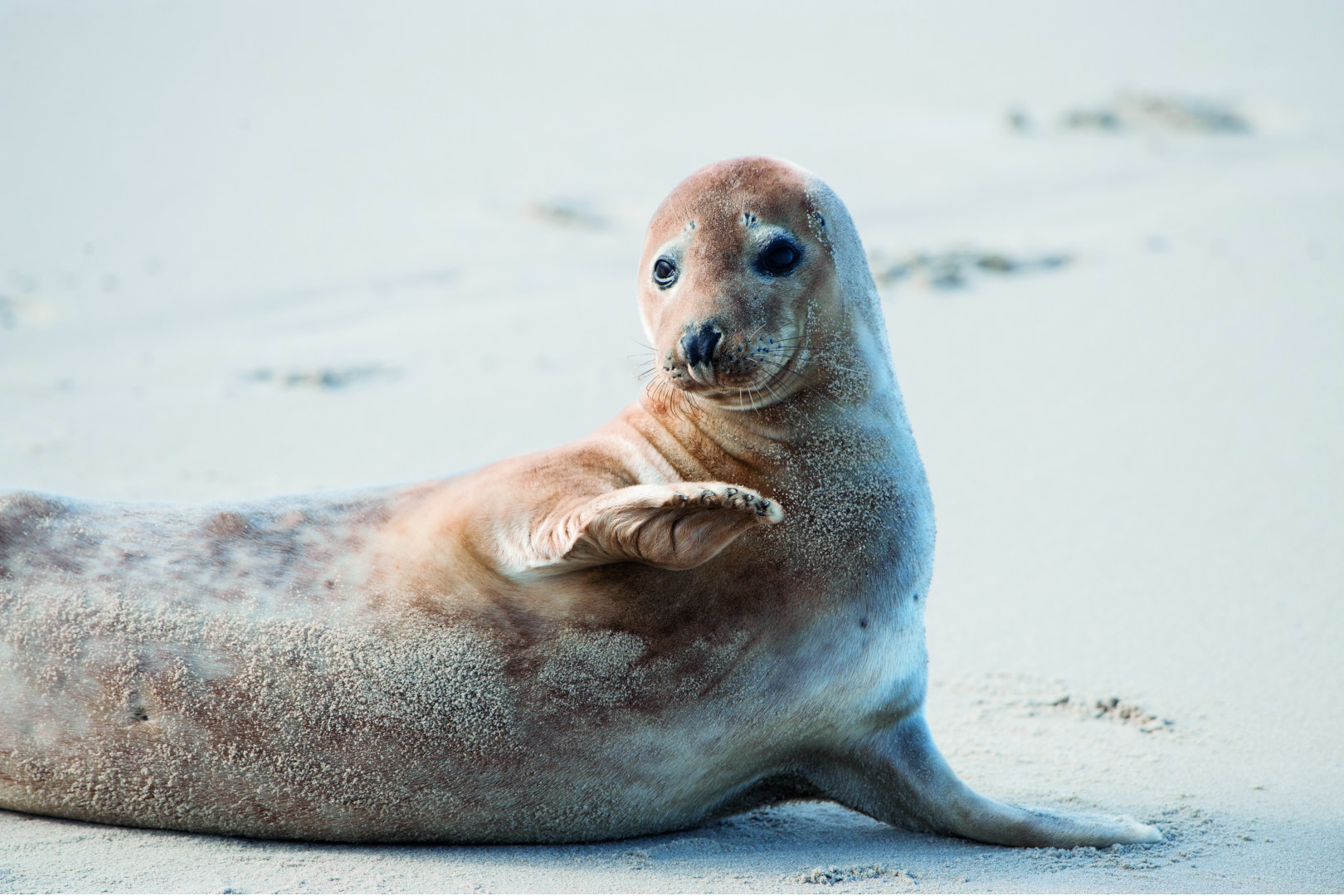
Although they usually come with everlasting memories, faraway trips have their fair share of disadvantages too. They cost handfuls of money, are bad for the environment and force you to endure the discomfort of an aeroplane seat for multiple hours. And why would you travel that far, when everything you want to discover can be found on your doorstep? A desert, tropical beaches, the savanna…the Benelux has it all throughout its humble territory.
A trip through the desert
Lommelse Sahara, Lommel, Belgium
In the middle of the biggest woods of Flanders, in the beautiful province of Limburg, you can find the Sahara. Not the big desert from Northern Africa, but a smaller sandbox where trees just don’t seem to grow. When the weather allows it, you can hike over the smooth dunes while the burning sun tans your neck. You won’t suffer from dehydration, however, since a big, blue oasis stretches out in the middle of the white carpet. After conquering the sand, your caravan can head along to the adjoining holiday park for a nice meal, a plunge and a well-deserved night’s rest.
Meet the big five
Beekse Bergen, Hilvarenbeek, the Netherlands
Standing eye to eye with the mighty lion during an adventurous safari: it must adorn many a bucket list. In the Dutch animal park Beekse Bergen, this can easily become reality. More than 150 exotic species live amongst each other in big reserves which you can enter by car. Drive past a herd of zebras or let the curious giraffes explore your vehicle. Don’t have a car to enter in? No problem! The park itself also offers bus and boat safaris on which you can spot the animals up close. If you opt for the walking tour instead, you can observe your favourites at your own pace.

SAHARA. PHOTO © BOSLAND
The land of the rising sun
Japanese Garden, Hasselt, Belgium
If not sushi or kimonos, the Japanese are most famous for their characteristic gardens. With sakura trees, water features and lots of patience and perfectionism, they create textbook examples of rest and tranquillity. If you want to witness this unique zen feeling close to home, you must head to the city of Hasselt, where the biggest Japanese garden within European borders is located. Let colours, reflections and scents wash over you and herald the peace bell by swinging a heavy log. In the water, curious koi are swimming alongside each other, occasionally gazing up at their visitors. To top off this Japanese illusion, you can take a tai chi workshop, follow a lesson in calligraphies or take part in a traditional tea ceremony.
The bison’s territory
Veluwe, the Netherlands
To share land with the bison, most people head to the Far West. With a Stetson on your head and spurs adorning your shoes, you can conquer the prairie on horseback, searching for the mighty animals. It is, however, much easier to just go the beautiful Veluwe reserve in the Netherlands. By combining woods, white sand and soft-purple heath, both humans and animals enjoy strolling through the diverse landscape. Sheep, boars, red dears…they all consider this natural wonder their home. Yet, the most spectacular inhabitant of the region is the wisent; or the European bison. The animal was close to extinction for decades, but is now restoring its population in the Dutch woods. Unfortunately, it might take you some effort to spot one though, since their territory is shielded from the hiking trails to protect the animals.

WISENT. PHOTO ©LEO LINNARTZ, ARK NATUURONTWIKKELING
On an uninhabited island
Frisian Islands, the Netherlands
From Robinson Crusoe to Tom Hanks and the participants of Survivor, nobody is immune to the attraction of an uninhabited island. And, in the north of the Netherlands, you can explore some desolate isles yourself. Three of them, to be exact. Alongside other Frisian Islands like Texel, Ameland and Schiermonnikoog, the small enclaves of Noorderhaaks, Rottumerplaat and Rottumeroog rise above the waves. Although nobody lives on these small islands, their savage nature makes them of interest to many. So as not disturb the local fauna, tourists are not welcome to hit the shores of the first two islands. Yet, to Rottumeroog, you should be able to book yourself an excursion. While sailing through the Frisian sea, you might spot other desolate pieces of land as well, yet, these are too humble in size to carry the name ‘island’.
The sacred temples
Villers Abbey, Villers-la-Ville, Belgium
Although the Aztec settlements in Mexico and the Inca temples in Peru are a world away from Wallonia, their resemblance to the region’s Catholic heritage is uncanny. Just a stone’s throw from the Belgian capital, you can visit the Villers Abbey. The humongous monastery was finished halfway during the 13th century, making it older than Machu Pichu. Throughout the ages, turbulences like the great iconoclasm, disputes between the church and the Habsburgians and, finally, the French revolution deteriorated the abbey to the mystique ruin it is today. Walk through the chambers of the former palace of spirituality and knowledge and relive its long, dark history.

LAKE OF THE UPPER SÛRE, ARDENNES. PHOTO © ALFONSO SALGUEIRO
Into the wild
Ardennes, Belgium & Luxembourg
The closer you approach the North Pole, the wilder nature tends to become. In sparsely populated districts like Norway, Canada or Alaska, an endless puzzle of lakes and pine trees awaits you. A thousand kilometres southwards, you find the region of the Ardennes, a hilly, green lung which stretches out through most of Wallonia, the north of Luxembourg and a small part of northern France. Hikers will be happy to hear that you can roam the hills for hours without bumping into anyone. You might, however, spot an occasional wild animal like a boar, a dear, or a beaver. In the many picturesque hamlets which you find in the trees’ shadow, you can experience the simple Ardennes life with its tasty food, various beers and warm hospitable people.
Benelux Beach
What is the Benelux if not a region by the sea? With no less than 590 kilometres of coastline, spread over Dutch and Belgian soil, you have plenty of space to lay down your towel. And although there are very few bad choices, we can happily share our ‘must-seas’.
The most vibrant
The Benelux’ coastline knows many dynamic cities. The Flemish city of Oostende, for example, is a small metropole with ocean views. During the reign of King Leopold II, the city became a posh getaway for the Belgian aristocracy. Today, the town is a popular destination for all, yet, the monumental buildings from the 20th century remain; including the majestic galleries and hippodrome. During summer, Oostende is also the place to be for a cocktail in a beach bar.

TERSCHELLING. PHOTO © NBTC
In the Netherlands, Scheveningen harmoniously combines the sound of the waves with the town’s ambiance. As part of the busy city of The Hague, it is a little paradise of relaxation in the shadow of the skyscrapers. On New Year’s Eve, huge bonfires are lit on the beach, guaranteeing a fabulous spectacle. During summer, you can gaze at the impressive Kurhaus hotel and the Ferris wheel at the end of the pier; instantly transporting you to Santa Monica.
The widest
The North Sea beaches are famous for their width. The widest of them all, you will find on the Frisian Island Terschelling. During low tide, the distance between the dunes and the waves can be longer than a kilometre, making it one of the widest beaches of Europe. When on Terschelling, don’t hesitate to visit the other Frisian Islands as well. Their beaches are known to be the prettiest in all the Netherlands. The pearl-white borders of Schiermonnikoog and Ameland are especially breathtaking.

SCHEVENINGEN. PHOTO © NBTC
The sunniest
When in need of some sun, you must head to the south. That simple logic also applies in the Netherlands. In Zeeland, the last province before you cross the Belgian border, you have the best odds for a sunny day. On top of that, the region has some of the country’s cosiest coastal villages. Explore Vlissingen, Zoutelande or Cadzand and find nothing but unadulterated local culture in their streets. Those who aim to go even further southwards might end up in De Panne, the last coastal town of the Benelux. Besides its seemingly eternal fields of sand, children will also have a great time in the fun park of Plopsaland.
TEXT: ARNE ADRIAENSSENS | TOP PHOTO: NBTC
Subscribe to Our Newsletter
Receive our monthly newsletter by email

